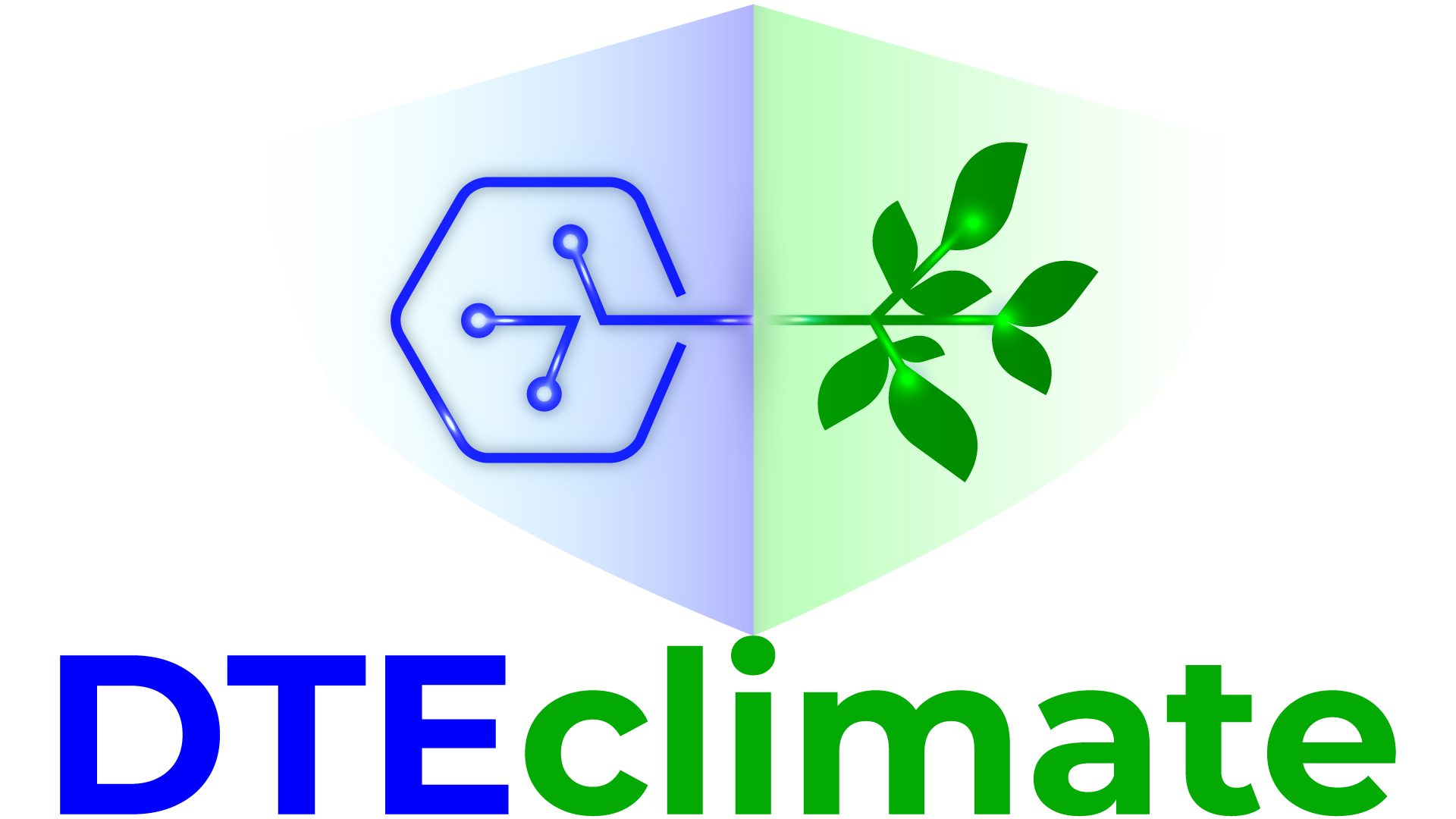EO4NATURE- “Exploitation of Satellite Earth Observation data for Natural Capital Accounting and Biodiversity Management”
The EO4NATURE project, entitled "Exploiting Earth Observation Data for Natural Capital Accounting and Biodiversity Management," focuses on addressing the environmental challenges posed by climate change. It aims at ecosystem monitoring, biodiversity management, biosecurity, ecological protection and restoration, by integrating Earth observation satellite data into monitoring and assessment processes. The project is based on a state-of-the-art approach inspired by global policies and initiatives such as GEO's Biodiversity Observation Network (BON), which defines biodiversity at three levels of variation and multiple levels of biological organization.
The project aims to integrate satellite data and processing techniques with the assessment of ecosystem services, generating information on the state of ecosystems, their capacity to provide services and the quantification of service indicators to support the sustainability of local businesses. The project team draws inspiration from the model used in the Nature4Decision-Making (N4D) project for the relevance of ecosystem services assessment and the use of existing data for the applied assessment methods.
The project also focuses on exploiting the spatial, spectral and temporal resolution of satellite data from the EU's Copernicus programme, in particular Sentinel. The temporal, spectral and spatial characteristics of the Sentinel data will be exploited based on a high-performance infrastructure provided by ROSA. This data will be processed through algorithms and methods developed by the project team and will be made available as web services, accessible to stakeholders in the evaluation and management processes. The sustainability analysis will focus on specific case studies, assessing the ecological footprint and biocapacity of natural capital to support local businesses and measure the performance of local bioindustries and bioeconomy through carbon and water footprint.
The specific objectives of the EO4NATURE project align with European initiatives, such as the Horizon EU mission by: meeting ecosystem monitoring needs by integrating Copernicus Sentinel satellite data and other satellites to obtain useful information for ecosystem assessment (ecosystem status, ecosystem services), management approach biodiversity by recommending a set of indicators derived from satellite data to be used in the implementation of the Habitats Directive, the Birds Directive, the Water Framework Directive, the Invasive Species Directive and management plans at the level of Natura 2000 sites, the monitoring of ecosystem service indicators for biosecurity purposes and protection, evaluating how satellites can help quantify parameters that can distinguish normal ecosystem evolution from biodiversity loss, evaluating how satellites can help restore ecosystems by investigating and measuring parameters relevant to ecosystem integrity and functionality, developing methods that combine data satellite Earth observation and in-situ data to derive the specific parameters needed to support the aforementioned activities, assessing the impact of ecosystem services on the circular economy, bio-industries and local bio-economy applications to increase the sustainability of local businesses.
The EO4NATURE project is structured in five work packages and the project execution is detailed in a plan that includes tasks, partners' roles, timelines and expected results.

